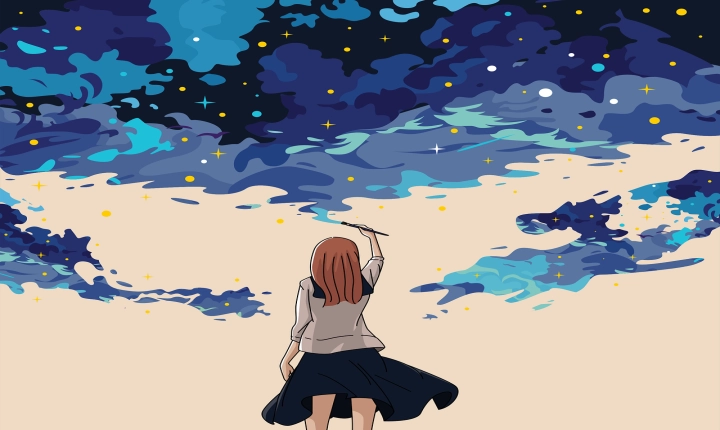In recent years, there has been a surge of interest in AI art generators, with many artists and enthusiasts turning to these tools to create unique and creative pieces. These tools leverage the power of artificial intelligence to generate original artworks, often in styles and forms that would be difficult for humans to create on their own.
One of the most popular AI art generators currently is DeepArt, which uses a deep learning algorithm to transform photographs into works of art inspired by iconic styles such as Van Gogh, Picasso, and many others. Users simply upload an image, select a style, and let the AI do the rest. The results can be stunning, with the algorithm effectively capturing the essence of the chosen style and applying it to the original photograph.
Another widely-used AI art generator is RunwayML, which offers a range of tools for creating AI-generated art. From style transfer to image generation, RunwayML provides a user-friendly interface for artists and creators to explore the potential of AI in their artistic practice. The platform also allows for real-time collaboration and experimentation, making it an attractive option for those looking to push the boundaries of their creativity.
Additionally, Artbreeder has gained popularity for its ability to generate art through a process called “genetic breeding.” Users can combine and manipulate a set of images to create an entirely new piece of artwork, resulting in a collaborative process between human and machine. The platform offers a visually stunning and intuitive interface, making it accessible to artists of all levels of expertise.
While these AI art generators offer exciting possibilities for artists and creators, there are also concerns about the impact of AI-generated art on the traditional art world. Some argue that these tools could devalue the artistic process, leading to a proliferation of derivative and unoriginal works. However, proponents of AI-generated art maintain that these tools can complement and enhance human creativity, opening up new avenues for exploration and expression.
As the use of AI art generators continues to grow, it is clear that they are reshaping the way we think about art and creativity. While there are valid concerns about the impact of these tools, it is undeniable that they represent a potent and exciting avenue for artistic innovation. Whether they are used as a tool for inspiration, collaboration, or as a medium for self-expression, AI art generators are undoubtedly here to stay.
